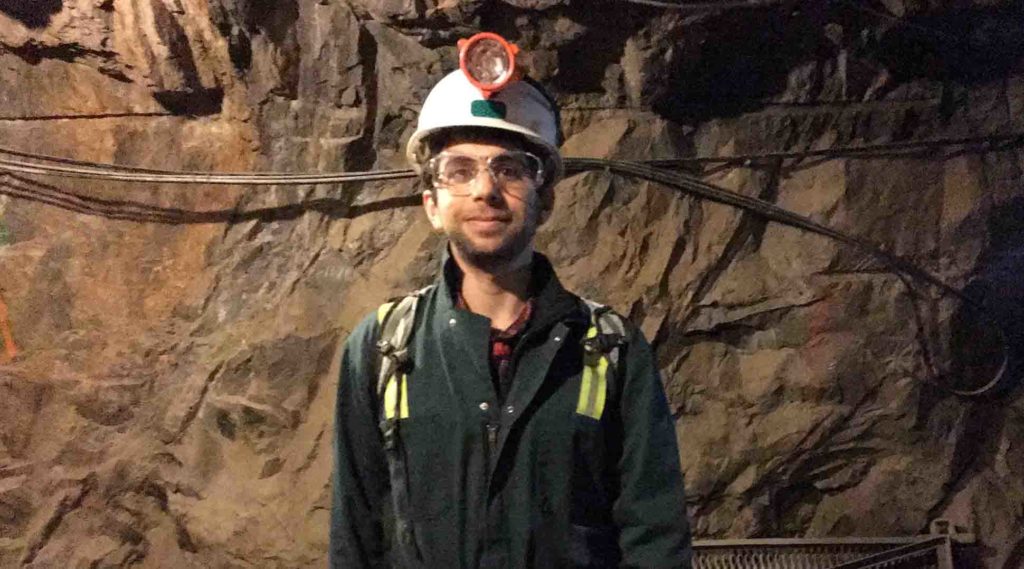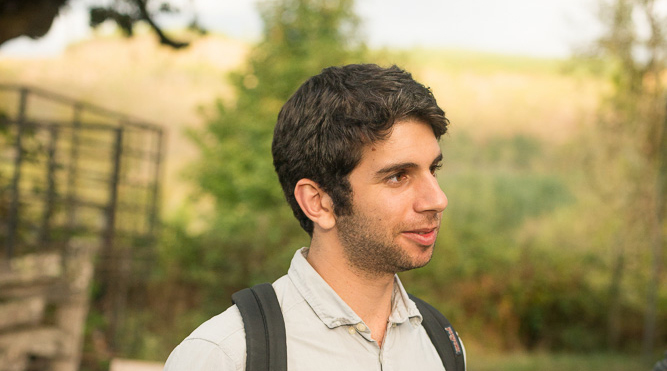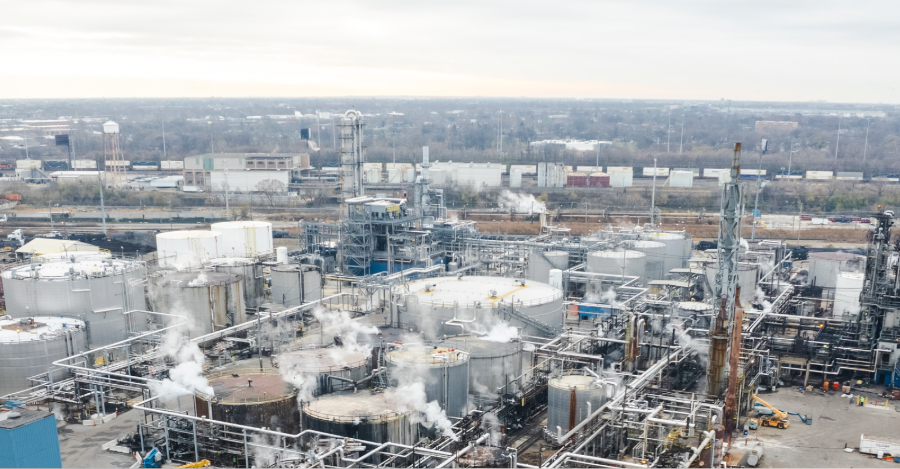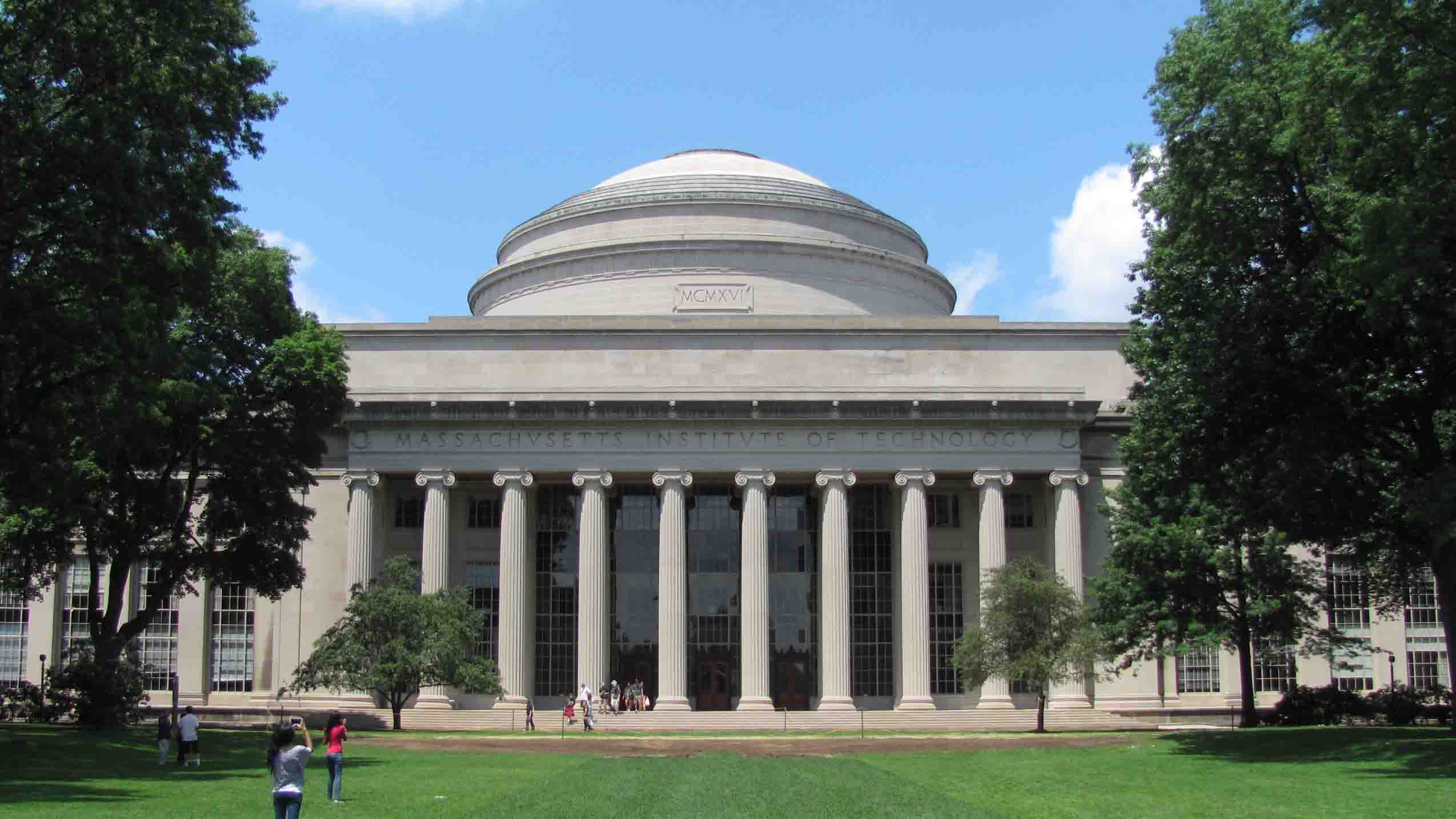Ferris Jabr grew up in California’s Bay Area, surrounded by diverse landscapes and vibrant wildlife. Some of his most vivid memories are from school field trips to Natural Bridges State Beach in Santa Cruz, which introduced him to the spellbinding beauty of monarch butterflies that migrate to the state park’s eucalyptus grove every fall.
Now in his thirties, Jabr, an accomplished science writer, continues to regularly indulge what he describes as an “almost innate” interest in nature. He spends hours in the great outdoors and in his garden in Portland, Oregon, observing and photographing local wildlife.
Jabr’s deep appreciation for the many different forms of life on the planet, and his perpetual desire to understand them, are apparent in the body of work he’s amassed as a writer for The New York Times Magazine, Scientific American, and other outlets. “This is something that has just been thrilling to me from childhood all the way until now,” said Jabr. “I love the opportunity to see animals and other living things in their natural habitat and learn more about how they work and who they are.”
Jabr, currently a Knight Science Journalism Project Fellow, is now at work on his first book, tentatively titled “A Symphony of Earth,” a sweeping tale of how life has changed the planet throughout its history and helped create the world as we know it. Once a prospective scientist, Jabr looks to this project as a means to explore his lifelong passion for biology and life sciences, while tackling the most important crisis of our time — climate change.
“The current planetary crisis is part of a larger story that goes way, way back in time and begins with how life itself started to change the planet billions of years ago. And we humans are the most recent chapter in that epic story,” said Jabr.

The book project, like much of the work Jabr has done throughout his career, will draw on diverse fields of study, including biology, ecology, and geology — disciplines that Jabr describes as “so thoroughly connected that it makes more sense to think of them together.” The book will explore profound and hidden connections between organisms and their environments — relationships that Jabr first started thinking about when he came across the idea of plant behavior and communication during his time at New York University’s Science, Health, and Environmental Reporting Program. There, he found himself deeply intrigued by the idea that plants were much more aware and active than most people realized, sharing information with each other, and changing their surroundings for their benefit. These fascinating discoveries became the basis of his first feature story for New Scientist magazine in 2011.
Over the ensuing years, Jabr would start to connect the dots between individual studies across many sciences and piece together a picture of how living organisms and their environments have continually changed one another over billions of years, transforming Earth in the process. He would come to the understanding that life is intimately involved in the geological and meteorological processes that shape our planet.
“As far as I could tell, few people were writing cohesively about these insights for the general public, in part because they drew on such a wide range of different scientific disciplines. I started making folders on my desktop where I would put in these studies and my thoughts about them,” said Jabr. By 2018, he knew that there was something there — an idea about living organisms making and remaking Earth throughout its history — that was big enough to merit a book.

To Jabr, reporting for this book is a once-in-a-lifetime opportunity that has already taken him to kelp forests off the coast of California, an experimental nature reserve in Siberia, and a former gold mine-turned-laboratory nearly a mile below Earth’s surface. Despite more than a decade of writing professionally about nature and science, this book is by far the biggest professional endeavor he has ever taken on, and it comes with its own challenges: Each chapter must work with the others to build a holistic story, and Jabr, like most authors, has had to think deeply about structure and continuity from the outset.
Through it all, Jabr’s love for life in all its messy, interconnected forms burns strong. And he sees the value in his book being able to offer a much-needed perspective on climate change. “We’re in the midst of what will hopefully be a revolution in how we live on this planet and how we understand our relationship to the planet,” he said. “It’s the most important story of our time.”
Shafaq Zia is a research associate with the Knight Science Journalism Program and a student in the MIT Graduate Program in Science Writing.





Leave a Reply